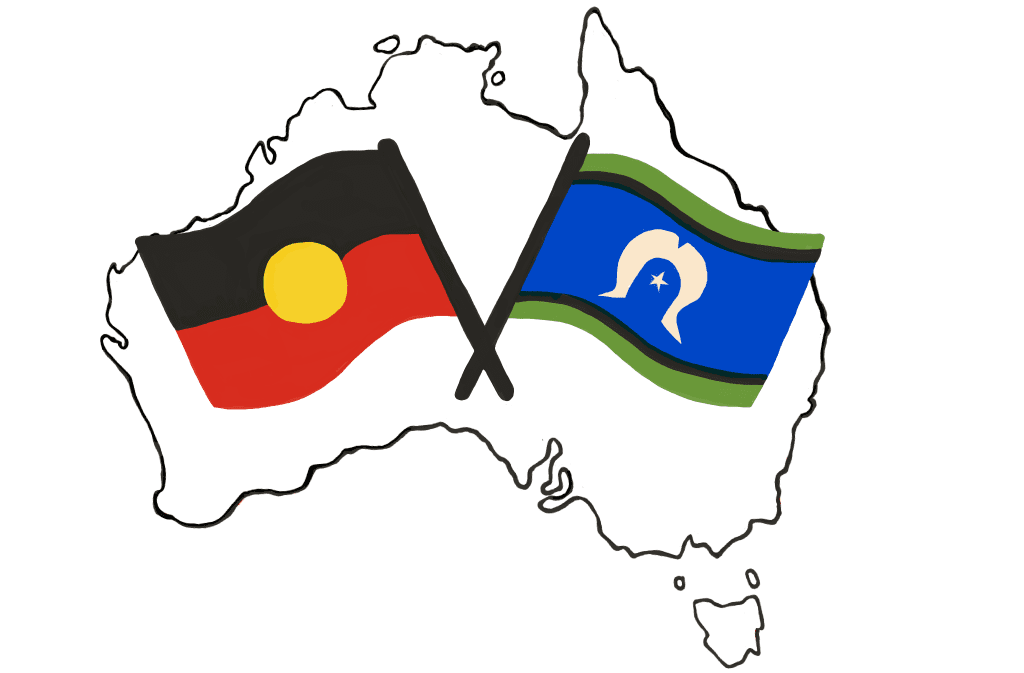One of the most profound experiences we face as humans is the loss of a loved one. Bereavement and grief are inherent aspects of the human condition, and the process of navigating through them can be transformative. In this blog, we will explore how bereavement and grief can be viewed as integral components of a shamanic journey to self-discovery and healing.
The Shamanic Perspective:
Shamanism is an ancient spiritual practice that recognises the interconnectedness of all things and honours the spiritual dimensions of existence. Shamans are regarded as mediators between the physical and spiritual realms, guiding individuals through various states of consciousness to facilitate healing and personal growth. Within the shamanic framework, bereavement and grief are seen as sacred passages, presenting opportunities for profound self-reflection and transformation.
The Journey of Grief:
When we experience the loss of a loved one, we embark on an intensely personal journey of grief. Within the shamanic context, this journey is akin to a sacred quest, where the grieving individual traverses the depths of their emotions and encounters spiritual insights along the way. The shamanic journey to self involves three distinct stages: separation, initiation, and return. These stages can be paralleled with the process of grieving.
- Separation:
The initial stage of grief involves the separation from the physical presence of the departed. This phase can be overwhelming, as the bereaved grapples with the reality of their loss. In the shamanic journey, separation is akin to crossing the threshold into the unknown, leaving behind familiar patterns and entering the depths of the psyche. - Initiation:
During the initiation stage of grief, the bereaved individual confronts the raw emotions and pain associated with loss. It is a time of deep introspection, where the individual delves into their innermost self, facing fears, regrets, and unresolved emotions. In the shamanic journey, this stage is marked by encounters with spirit guides or symbolic representations that aid in the healing process. - Return:
In the final stage of grief, the bereaved begins to integrate their loss and find meaning in their experience. This stage is characterised by a renewed sense of self, a transformed perspective, and an acceptance of the reality of life and death. Just as the shaman returns from their journey with newfound wisdom, the bereaved individual emerges from grief with a deeper understanding of themselves and their place in the world.
Healing through Shamanic Practices:
Shamanic practices can provide powerful tools for healing and navigating the journey of grief. Some of these practices include:
- Soul Retrieval:
Shamans believe that a part of the soul may become fragmented during times of trauma or loss. Soul retrieval is a process where the shaman helps the individual recover these lost soul parts, allowing for integration and healing. (This practice can be applied to grief through other psychological methods such the application of parts work such as the likes of ‘Internal family Systems’,) enabling the bereaved to reclaim their wholeness and find solace amidst their pain. - Connection with Ancestors:
Shamans emphasise the importance of ancestral wisdom and connection. Engaging in rituals, such as ancestor veneration, can provide a sense of continuity and support during the grieving process. By honouring and seeking guidance from our ancestors, we tap into a deeper understanding of life and death, fostering resilience and healing. - Rituals and Ceremony:
Shamanic rituals and ceremonies can offer a container for grief, allowing for catharsis and transformation. These practices may involve drumming, chanting, or other forms of sacred expression to release emotions and connect with the spiritual realm. Rituals can provide a sense of structure and sacredness during the


Comments are closed